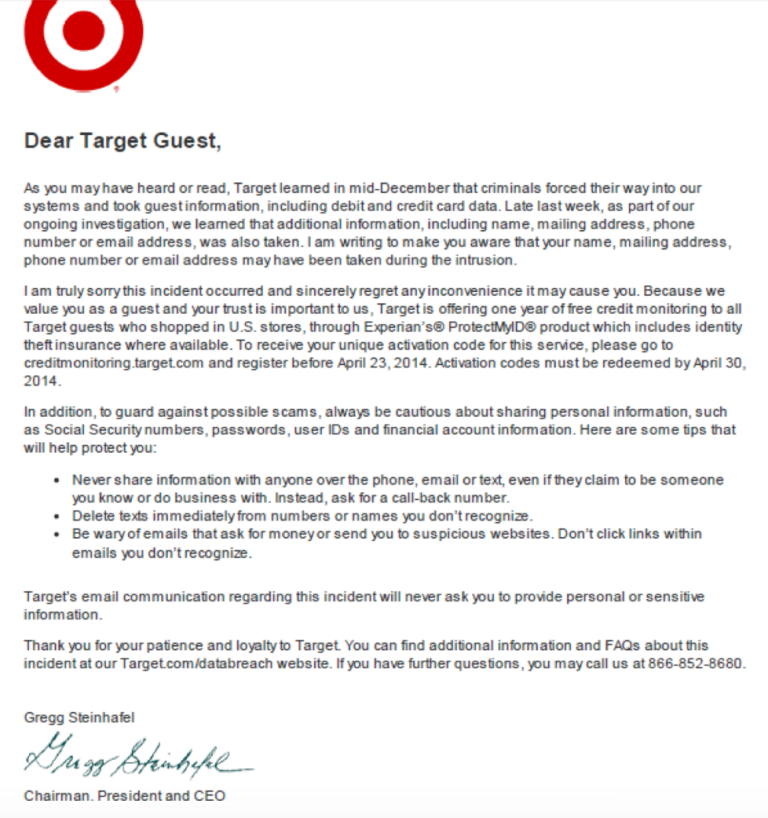How to Rebuild Trust after Data Breach
What would you do if your customers lost faith in your business overnight? After a data breach, customers may feel betrayed and concerned about their data privacy. They may even choose to leave your company. A data breach can leave lasting damage, but with the right strategy, you can rebuild their trust. Here’s how to do it:
I. Steps to Restore Trust After Data Breach
Step 1: Understand the Impact of Data Breach
A data breach affects more than just a company’s finances. Studies show that 75% of customers would stop shopping with a brand if they suffered a security breach or other cybersecurity issues. Beyond immediate repercussions, the long-term effects can be even more damaging if not handled properly. Here’s what to consider:
- Immediate Repercussions:
- Loss of customer confidence: A security breach shakes the trust customers place in you. More than 60% of customers would avoid a company after a breach.
- Potential revenue decline: Customers may leave, causing sales to drop.
- Increased regulatory scrutiny and penalties: Regulatory bodies often impose fines after breaches.
- Long-Term Brand Damage:
- Effect on brand loyalty and retention: Recovering loyalty can take months or even years.
- Increased vulnerability: Brands that mishandle recovery can be more susceptible to future cyber threats if vulnerabilities are not resolved correctly.
Step 2: Notify Affected Parties
The first step to rebuilding trust is transparency. Acknowledge the breach and take responsibility. Addressing the breach early shows accountability; don’t delay information as it can lead to a greater loss of trust. Being honest about the breach can prevent rumors and speculation from spiraling.
How to notify customers of data breach? Your message should be empathetic and straightforward. An ideal message includes:
- What Information to Share in a Data Breach Notification:
- Apology and Acknowledgment: Begin by sincerely apologizing and acknowledging the breach.
- Overview of the breach: Explain what happened in simple terms.
- Details of compromised data: Outline what information was exposed.
- Commitment to Resolution: Reassure customers that you are actively working to resolve the breach and improve data protection.
- Support for Affected Customers: Offer credit monitoring or identity theft protection services to affected individuals.
- Methods of Communication: Use multiple channels (email notifications, social media updates, and website announcement) to ensure all affected parties are informed.
Step 3: Implement Immediate Security Measures
It’s important to act quickly once you discover you’ve been breached. Immediate actions show customers and stakeholders that you’re committed to safeguarding their data. Here’s how to proceed effectively:
- Closing security gaps: Work with cybersecurity experts to conduct a thorough vulnerability assessment and identify and fix any vulnerabilities.
- Demonstrating Action: Share updates on what measures you’ve implemented to improve data security.
- Third-Party Certifications: Highlight any third-party audits or certifications obtained to reassure customers that your systems meet high security standards.
Step 4: Reaffirm Commitment to Data Security and Data Privacy
Rebuilding trust after a data breach requires a clear commitment to strengthening security practices. Start by showcasing the new security measures that you’ve put in place to prevent future breaches. Describe the new technologies and protocols implemented, such as multi-factor authentication, advanced encryption methods, or more robust firewall protections. These updates help reassure customers that you are serious about protecting their data and are actively working to prevent further issues. Regularly inform customers about these security efforts, whether through newsletters, blog posts, or updates on your website.
In the long term, implementing a proactive cybersecurity strategy is essential. Scheduling regular audits and continuous monitoring ensures that vulnerabilities are identified and addressed promptly. By clearly communicating these ongoing security measures, customers will see that data protection is not just a one-time effort but is integrated in your company’s operations, fostering renewed trust and loyalty over time.
Step 5: Building Back Customer Confidence
After a data breach, restoring customer confidence is essential for rebuilding relationships. This can be achieved through genuine re-engagement efforts like the following:
- Re-engage with Customers: Personally reach out to key clients, expressing appreciation for their trust and inviting any feedback or concerns they have.
- Rewarding Customer Loyalty: To show gratitude for customers who have remained loyal, offer perks such as discounts, exclusive access, or other benefits.
- Tailored marketing: Target messaging that reinforces your commitment to security and customer satisfaction. This can help attract new customers while reinforcing loyalty among existing ones.
II. Example of Data Breach Responses
A Good Example: Target Data Breach 2013
Breach Overview: In 2013, Target suffered a massive data breach that affected over 40 million credit and debit card accounts. Hackers gained access through a third-party vendor.
How They Handled It: Target acted quickly by notifying customers and offering free credit monitoring. They also enhanced their cybersecurity measures, including the adoption of chip-enabled cards and improved encryption techniques. They publicly acknowledged the breach and committed to making significant improvements in their security infrastructure.
Overall, Target handled this data breach reporting quite well. They notified customers 4 days after they found out about the breach.


A Bad Example: Uber Data Breach 2016
Breach Overview: Uber suffered a breach in 2016 where hackers stole data from 57 million Uber riders and drivers. The company kept the breach quiet until 2017, when it was revealed that the company had paid the hackers a $100,000 ransom to delete the stolen data.
How They Handled It: Uber faced major backlash for its one-year delayed disclosure. The hashtag #UberHack started trending in social media, which made it even harder for Uber to reconnect and restore users’ trust. Uber later took responsibility and provided credit monitoring services for affected users. They revamped their security measures, including hiring a new chief security officer and overhauling their security protocols to prevent similar breaches.
